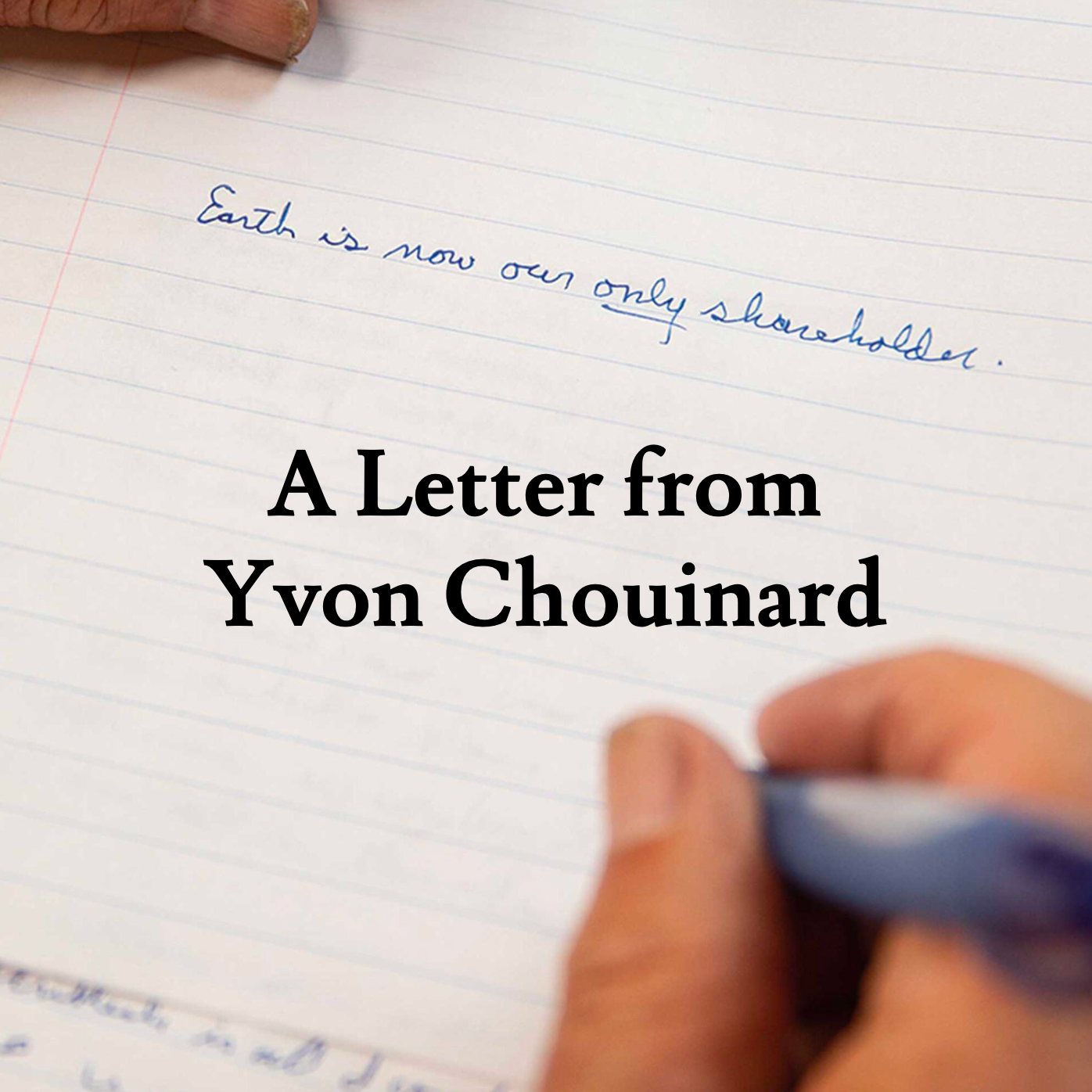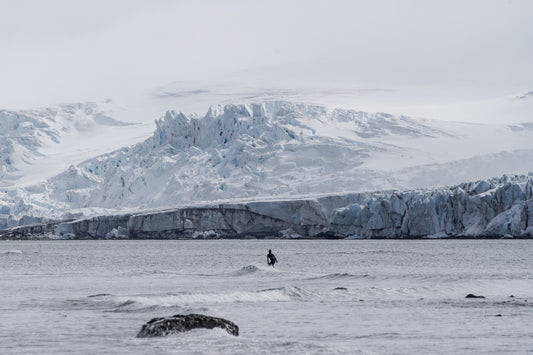Laura Wilson and Ben Herrgott are a pair of charismatic surf rats and modern-day wayfarers. Late last year, they packed up their lives in Jan Juc and set off on an excellent adventure – to Antarctica, the Falkland Islands, Chile and beyond. This instalment finds them in Peru, the land of the long left.
Laura: “We arrived in Lima. The plan was to stay for a couple of days, surf the local breaks, indulge in the culinary delights of the city and spend time with Ben's old friend. Jano’s a wonderful man, just full of life and so excited to show us around. One of the first things we did was to hunt down some waves. It was funny, we were walking through the streets of Lima with surfboards under our arms for a good 40 minutes. We got a few side-glances here and there. Lima is a vibrant place — the city sits up on a big plateau bordered by sweeping cliffs, with a busy freeway squeezed in between the cliffs and the ocean.”
Ben: “It's weird and chaotic. The ocean doesn't look super inviting. It's usually foggy and it's not your typical beautiful blue water, but there's a thriving surf community and plenty of surf breaks all along the coast. There's always some swell and it doesn’t seem to max out too easily. The surf isn't high quality, but it's there every day and the vibe is really good in the water. There's a couple of premium surf breaks that we didn't get to enjoy because we didn't get the conditions, but we had some great, fun surfs.
“We met some really cool older surfers, who were about 60 to 75 years old at a place called Pampillo Beach. They call them the ‘Pampi Boys’. They're either surfing or talking about surfing. They were curious about the construction of our surfboards – they’re quite unique, the cork and paulownia combination, along with hemp. The Pampi Boys were really friendly in the water, sharing a lot of tips as to where we should go depending on the conditions.
“At the Pampillo break, there is a man in a tiny hut (say, one square metre) who sells everything he can. It’s packed full of chocolate bars and chip packets all faded in the sunshine and squished in rows of racks. He looks after everybody's bags and car keys while they surf and then he whistles around eight to signal it’s time to come in for work.”
Laura: “In addition to the surfing, there was a lot of eating whilst in Lima. The food is incredible. It's influenced by years of immigration, of people coming from Africa, Europe, China and Japan, bringing their ingredients and techniques, which in turn have been adopted into signature Limeños dishes over time. Eating out at little bars, visiting the markets and even going to the supermarkets was a great experience – such a diverse range of fruit, vegetables, and spices on offer.”















































